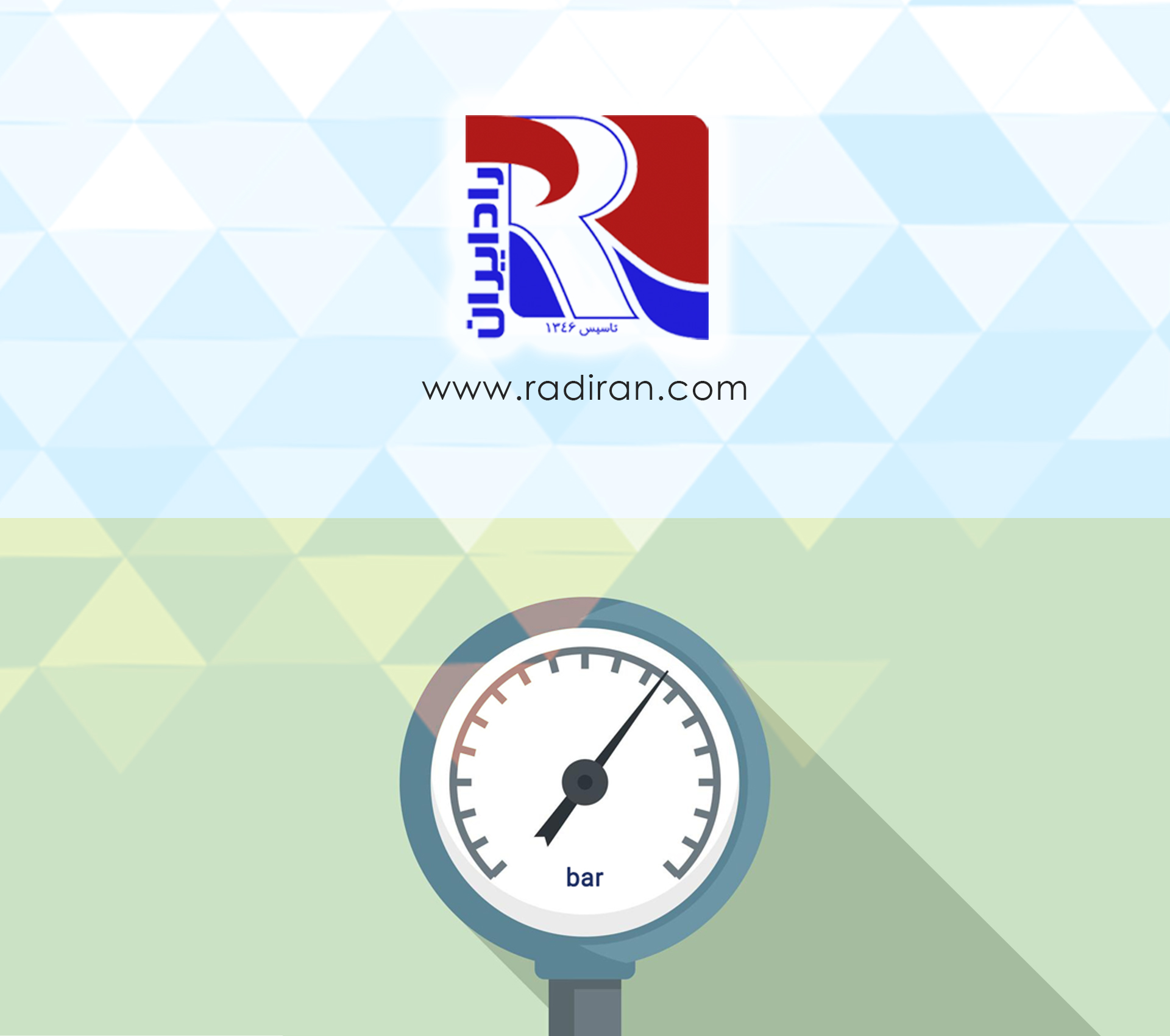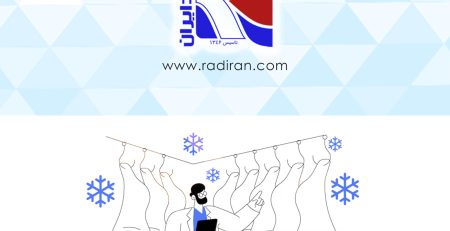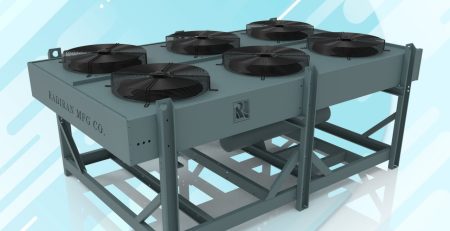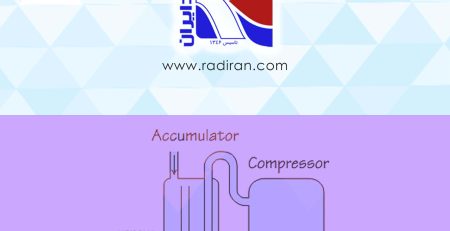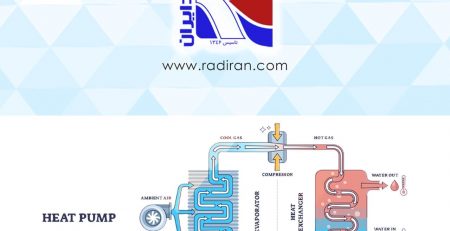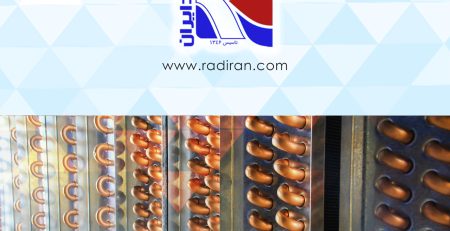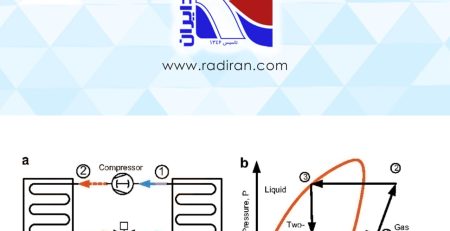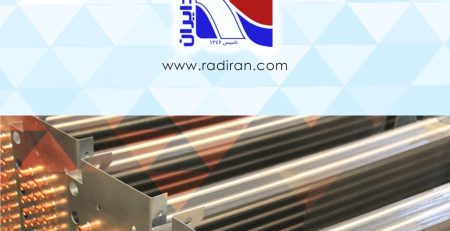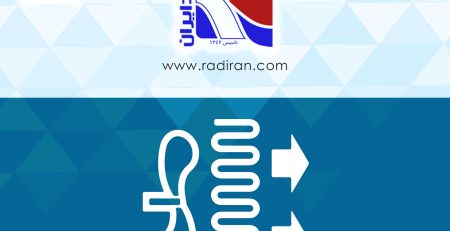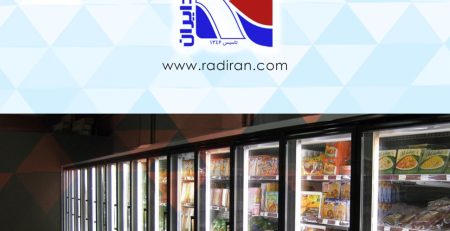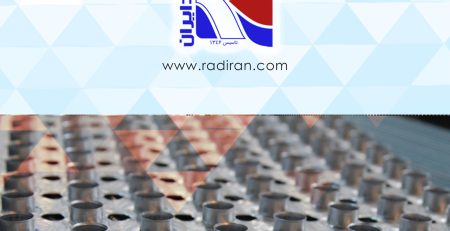Pressure test in heat exchangers
Pressure Testing of Fin Tube and Shell and Tube Coils: Standards and Procedures
Pressure testing is a very important quality control step in the manufacturing and maintenance of condensers and evaporators, whether they use fin tube coils or shell and tube coils. These components play a crucial role in heat exchange processes in HVAC systems and industrial applications, ensuring efficient thermal transfer. Proper pressure testing according to standards is essential to verify their integrity and safety.
Fin Tube Coils in Condensers and Evaporators
Fin tube coils, commonly used in condensers and evaporators, must undergo rigorous pressure testing to meet industry standards such as those outlined by the American Society of Mechanical Engineers (ASME) Boiler and Pressure Vessel Code Section VIII and the Air-Conditioning, Heating, and Refrigeration Institute (AHRI) Standard 410.
- Hydrostatic Test: This involves filling the coil with water and applying a pressure of 1.3 times the maximum operating pressure, or at least 1.5 times the design pressure. The pressure is maintained for about 30 minutes to detect any leaks or weaknesses in the coil.
- Pneumatic Test: When water cannot be used, air or an inert gas like nitrogen is applied at 1.1 times the maximum operating pressure. Due to the potential hazards associated with compressed gases, strict safety protocols are observed.
Shell and Tube Coils in Condensers and Evaporators
Shell and tube coils, integral to large-scale heat exchange applications, are also subjected to stringent pressure testing. Standards include ASME Section VIII, the Tubular Exchanger Manufacturers Association (TEMA), and the American Petroleum Institute (API) 660.
- Hydrostatic Test: Similar to fin tube coils, the shell and tube heat exchangers are filled with water and pressurized to 1.3 times the design pressure. This pressure is held for a sufficient period to ensure there are no leaks. This test is commonly applied on shell side of these heat exchangers.
- Pneumatic Test: This test is used when water is unsuitable, like for the tubes, applying a pressure of 1.1 times the design pressure using air or another inert gas. Safety measures are paramount due to the risk of compressed gas.
- Leak Testing: For more precise leak detection, methods such as helium mass spectrometry may be employed, especially for critical applications where even minor leaks can be problematic.
In Radiran pressure testing of condenser and evaporator fin tube coils and shell and tube coils is an essential step of final quality control to confirm their ability to withstand operational pressures safely. Adherence to industry standards such as ASME, AHRI, TEMA, and API ensures these components perform reliably and safely in their respective applications, maintaining the efficiency and safety of the overall system.

